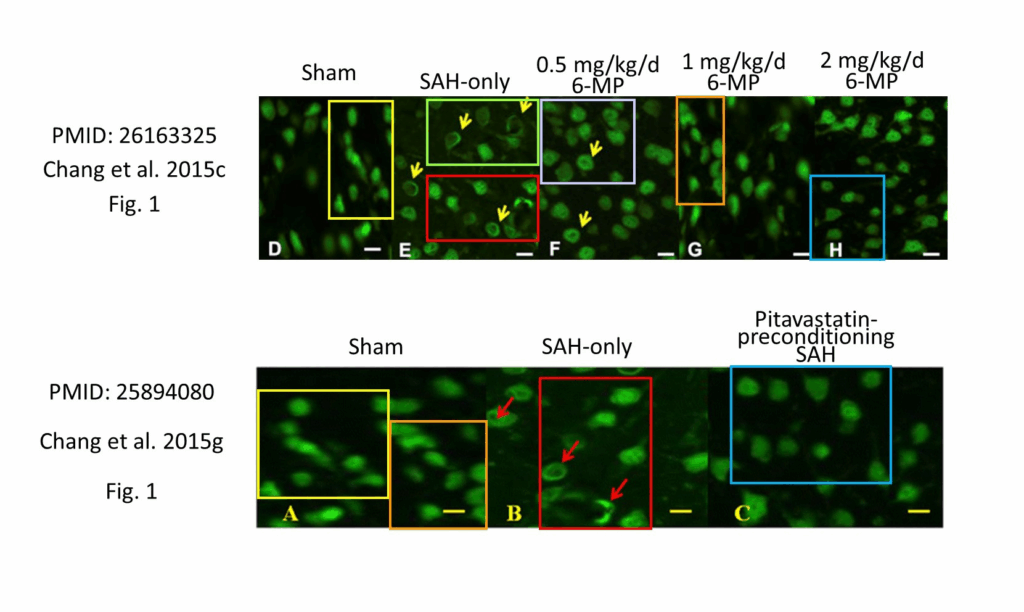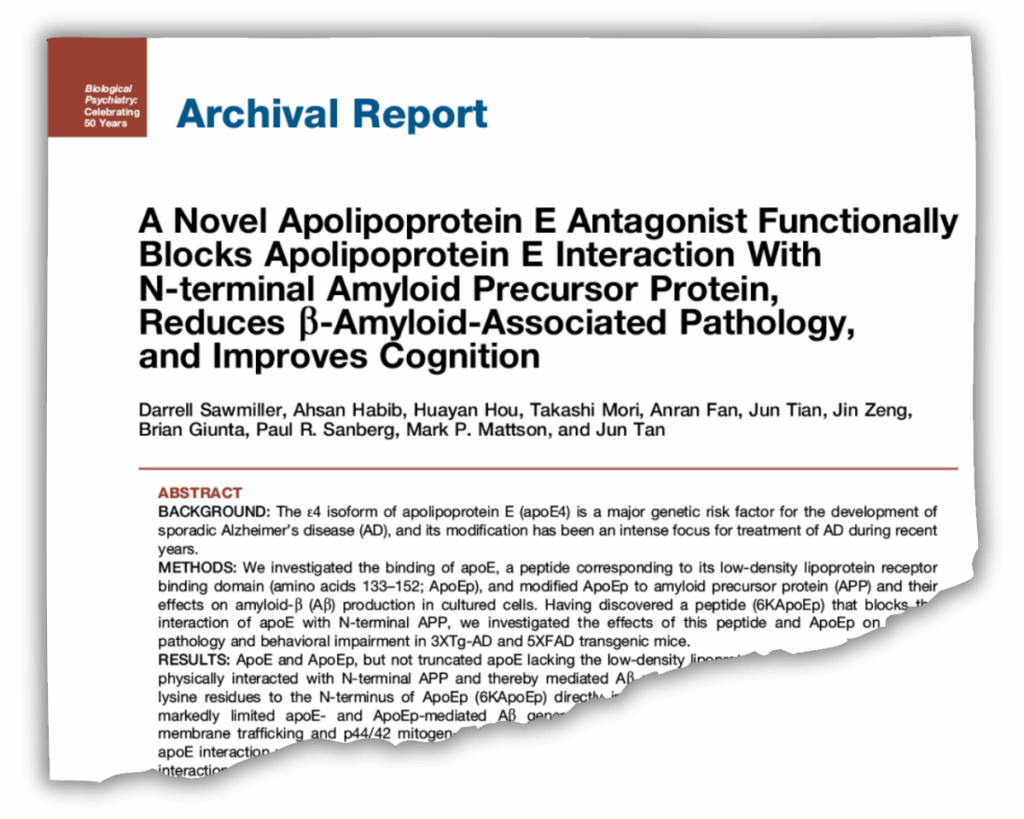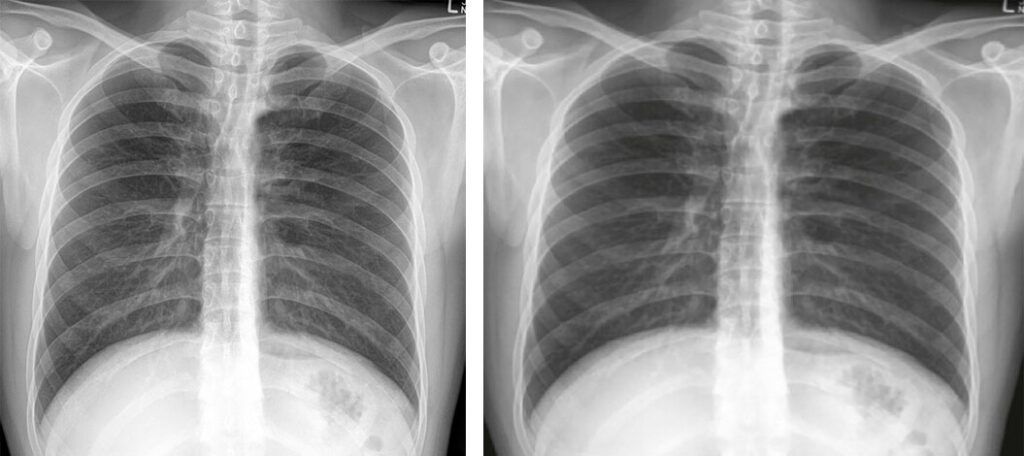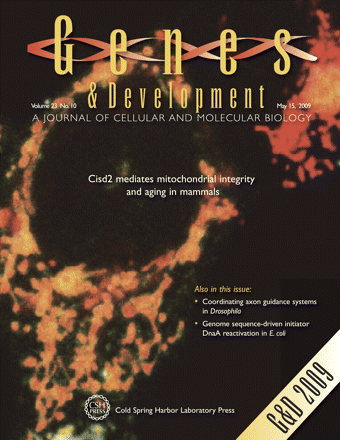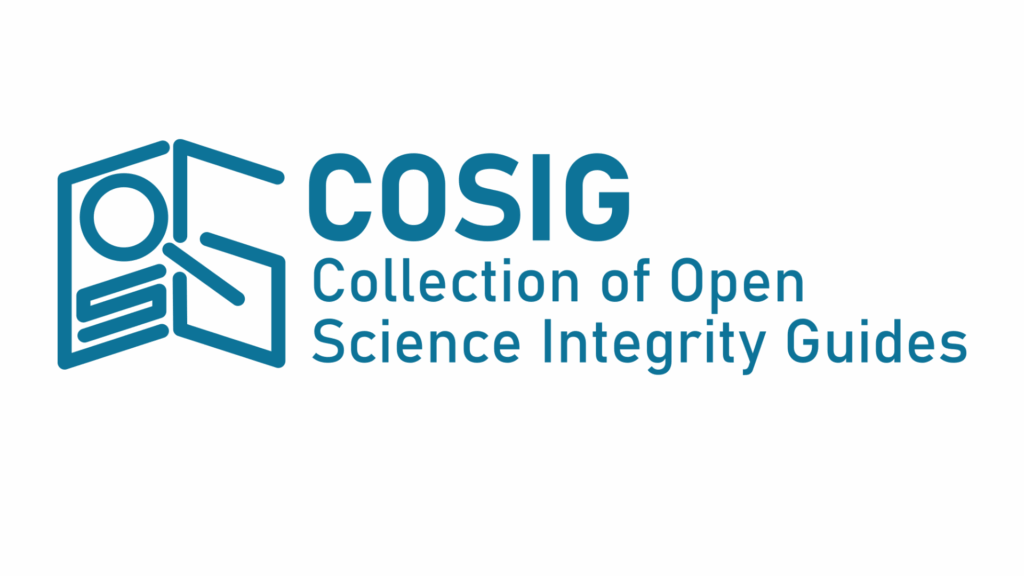Dana-Farber Cancer Institute has settled a lawsuit filed under the False Claims Act, admitting researchers used images and data that were “misrepresented and/or duplicated” in support of grant applications to the National Institutes of Health. Dana-Farber agreed to pay $15 million to settle the claim.
Sleuth Sholto David filed the claim in April 2024, about three months after he first posted about the allegations, which played a key role in Dana-Farber’s decision to retract or correct dozens of studies. Authors of some of those papers were among senior leaders of the institution, including president and CEO Laurie Glimcher.
As is typical in such cases, the complaint remained sealed while the Department of Justice investigated. As part of the agreement, David will receive $2.63 million, or 17.5 percent of the settlement.
Continue reading Dana-Farber settles suit alleging image manipulation for $15 million
